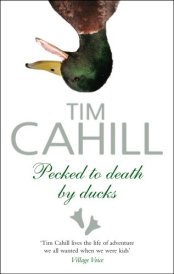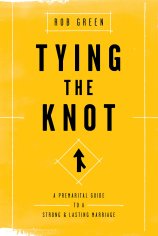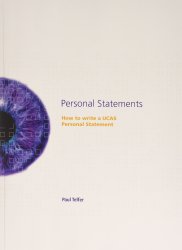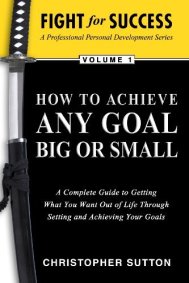Sometimes football journalism can feel pretty two-dimensional. If isn’t the mainstream media reporting on the biggest stories, it’s those awful click-bait sites reporting on the biggest ‘stories’. So thank goodness for the less fickle storytellers like These Football Times, The Blizzard, The Football Pink and now Los Demás.
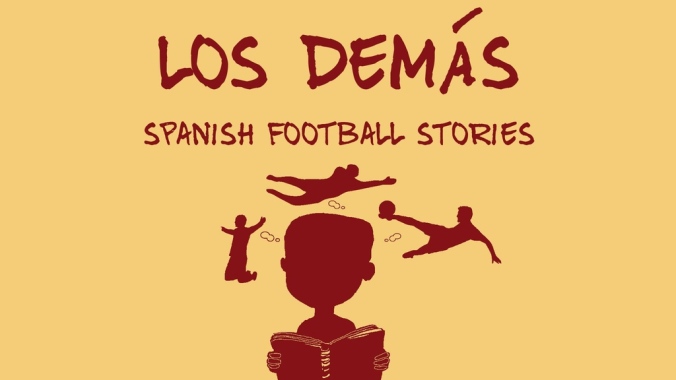
This exciting new, long-form journalism project, focusing on the best stories from all across Spain, is the brainchild of Nick Dorrington, Colin Millar, Euan McTear and Pål Ødegård. I caught up with Nick to learn more about the idea, the inspiration and the plan of attack. If you like the sound of Los Demás, don’t forget to back the Kickstarter project!
1. Talk me through the inspiration for this project. I know all four of you are very experienced Spanish football writers but was there a breakthrough, meeting-of-minds that kickstarted (pun intended) this?
The initial idea was mine. I was in Argentina researching a piece on the origins of Mauricio Pochettino. The ex-president of the youth team in his hometown of Murphy said something that really resonated with me. He said that many people think football is just about the big clubs, about Boca Juniors or River Plate, but the reality is that it is in small towns like Murphy that football lives on a day-to-day basis. There was something attractive about that idea to me, and Spain seemed like the ideal setting in which to explore it further.
There are journalists based in Spain doing excellent work but the reality is that the majority of mainstream coverage is focused on Barcelona and Real Madrid. We wanted to offer something a bit different and in Colin, Euan and Pål, I found three superb writers who shared my vision for the project.
2. Am I right in thinking that the content will be mostly historical and social, rather than match reports and current updates? Do you have any examples of the sort of content that subscribers will be receiving?
Yes, that’s right. We will be looking for stories that shed a light on the clubs, communities, players and personalities who best represent the vibrant and diverse culture of Spanish football. For example, there are stories to be told of the grassroots supporter movements at clubs who were or are in danger of going out of business. Or of a small, otherwise unremarkable, town that has produced a number of Spanish internationals. Or of a supporter who is older than the club he supports. Stories like these, stories about people and communities, will be at the heart of our work.
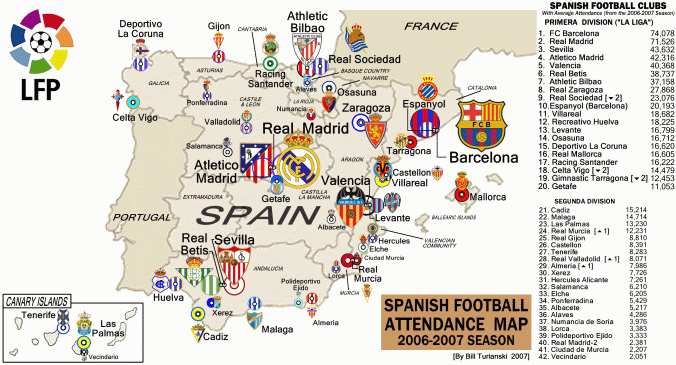
3. I’m interested in the production values – will there be images/illustrations alongside the text?
The plan at the moment is for the focus to be on the quality of the writing. The presentation will be clean and simple.
4. Is your aim to cover all Spanish clubs except Barcelona and Real Madrid, or will the content be audience-driven? Will subscribers get a say in what you write about?
Our aim is to cover the most interesting stories we can find from all over Spain – be that player, team, city or region-specific. I think it will be a largely organic process for the first year or so. But perhaps after that we will sit down and mark out the teams and regions we haven’t yet covered in order to ensure that our coverage is as widespread as possible. We will, of course, always be open to story tips from readers.
5. Would you say that this project is in some ways the result of a mainstream sports media that is rejecting long-form journalism?
Yes, I think it can be seen as a reaction to that, which isn’t to say that there aren’t outlets out there for long-form journalism. For example, The Lab at Bleacher Report has produced some excellent pieces. But these outlets are mainly interested in content that relates to big-name teams or players. It can be hard to find somewhere to place more character-driven pieces that don’t rely on an established name as a hook.
6. Again on the subject of long-form journalism, what made you decide on the crowdfunding subscription model rather than the traditional print book?
We felt that the crowdfunding model offered us the best chance of making a sustained success out of the project. Publishing on a monthly basis will allow us the freedom to explore interesting stories as they develop, instead of being tied to a single deadline as we would be for a book. It will hopefully also serve us in building our readership over time as word spreads about our early pieces.
7. Finally, do you have a 140 character sales pitch for potential subscribers?
Love Spanish football? Then help support in-depth, long-form journalism on the untold stories of the Spanish game by backing Los Demás.
Click here to learn more and back the Kickstarter project
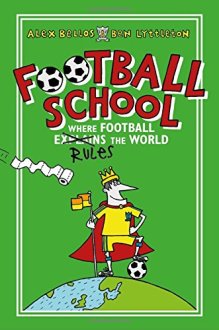


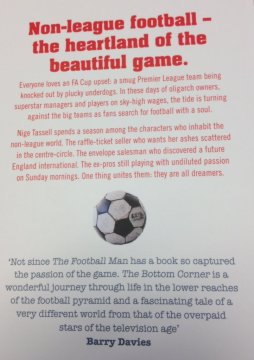
 Rarely have I opened a football book with such high expectations. After all, this is not just a Yellow Jersey Press title, but also one that comes recommended by Stuart Maconie, Danny Baker and Barry Davies. The Davies quote on the back cover even compares it to Arthur Hopcraft’s legendary book The Football Man. So is The Bottom Corner really that good?
Rarely have I opened a football book with such high expectations. After all, this is not just a Yellow Jersey Press title, but also one that comes recommended by Stuart Maconie, Danny Baker and Barry Davies. The Davies quote on the back cover even compares it to Arthur Hopcraft’s legendary book The Football Man. So is The Bottom Corner really that good?